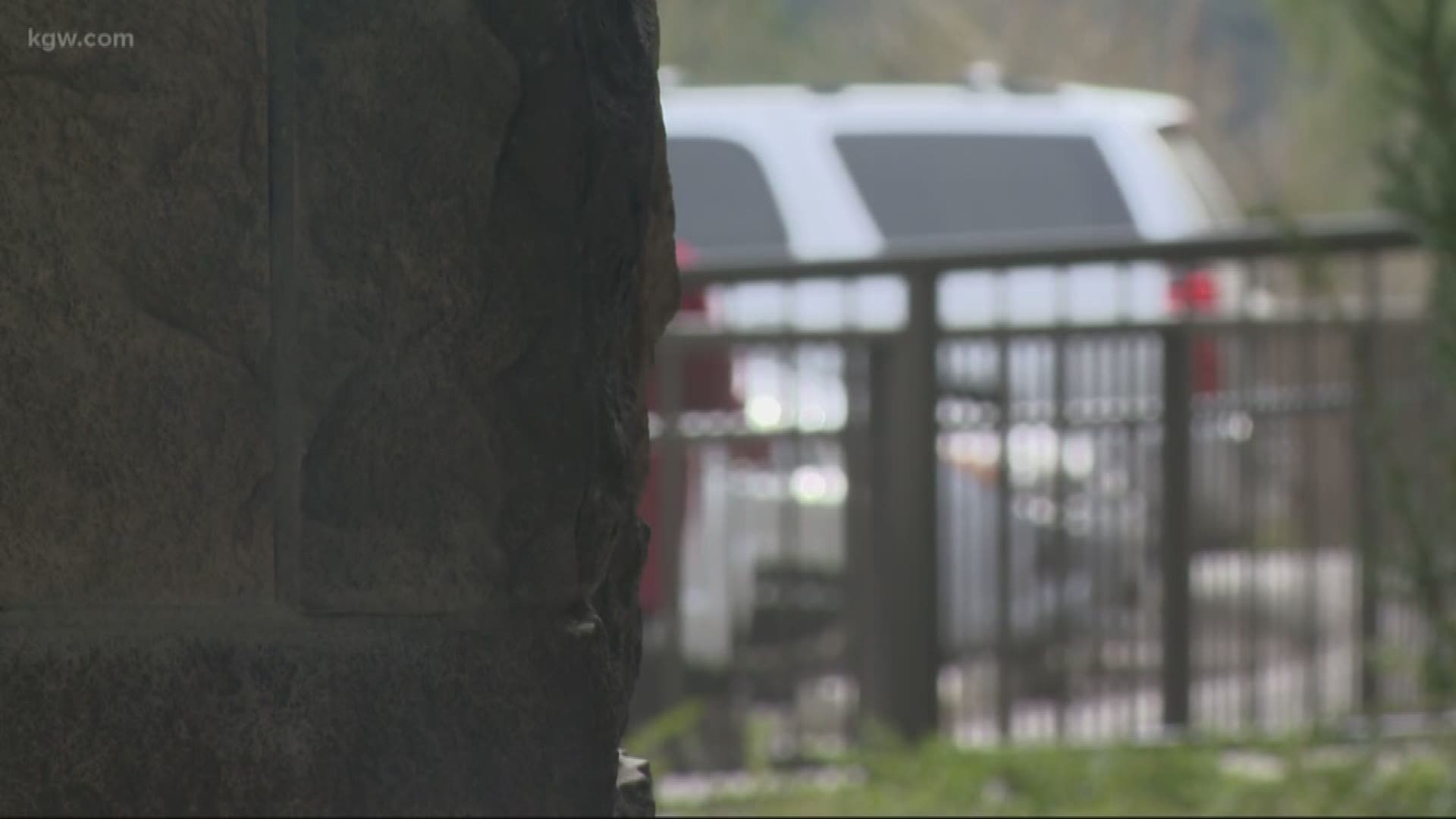PORTLAND, Ore. — Two residents at a veterans’ facility in Linn County have now tested positive for coronavirus, the Oregon Health Authority announced Wednesday night, signifying a dramatic and troubling turn as the deadly pandemic runs rampant across America.
The outbreak at the the Edward C. Allworth Oregon Veterans’ Home in Lebanon marks the first at a senior-style living center in Oregon. Both residents are believed to be at least 80 years old. It’s unclear how they became infected and the cases have been labeled as “community spread.”
Both residents had symptoms. Two others were tested and were negative.
The veterans’ facility has 140 residents, according to state officials, and all of them will now be tested for the virus.
Oregon’s tally of infected patients grew to 21 after the two new presumed cases. It’s a bleak development for Oregon because COVID-19 exposure has been deadly in assisted-living homes in Washington, where 24 of that state’s 29 fatalities have been residents in assisted living.
The surprise announcement, made after 7 p.m., came nearly 7 hours after state officials announced four new cases in Deschutes, Polk, Marion and Umatilla counties. It wasn’t immediately clear why the test results were announced later.
“Our highest priority has always been the health and safety of our most honored veteran residents that we serve in our two veterans’ homes," Oregon Department of Veterans’ Affairs Director Kelly Fitzpatrick said in a statement.
"From the start of concerns about COVID-19, and especially upon learning that the very age group that resides in our veterans’ homes is also the most susceptible, we took immediate measures to protect our veterans, including adhering to state and federal guidelines. Even before COVID-19 emerged, the two veterans’ homes regularly followed strict infectious disease protocols. We believe that protecting the health and safety of the veterans in our homes helps ensure we live up to their motto, ‘the place where honor lives.’ We have a sacred trust to safeguard them now.”
State officials have been bracing for an outbreak at assisted-living facility since at least last week. About 45,000 Oregonians live in senior residential facilities like the one in Kirkland, Washington, that has been the epicenter of Washington’s outbreak.
“Kirkland should be a wakeup call for all of us,” U.S. Sen. Ron Wyden told The Oregonian/OregonLive recently. “I have long been fearful about whether there are adequate protections for the elderly in a health care emergency or heaven forbid, a pandemic.”
COVID-19 has already challenged Oregon’s largest, wealthiest hospitals. With tighter budgets, less safety equipment and less training in how to use that equipment, the state’s senior residential facilities may be even more vulnerable.
Oregon officials aimed to address that Tuesday, announcing a series of emergency policies they hope will better protect residents at long-term care facilities, including the veterans’ home in Lebanon. Those protections include limiting and screening visitors, documenting who has visited and reducing residents’ community outings.
Washington introduced similar rules on Monday requiring that all nursing home visitors and employees get screened for the virus. It also will require facilities to isolate any resident who tests positively for COVID-19.
The state requires that senior living facilities adopt emergency response protocols for fires, bombs, natural disasters and “pandemics.” At many facilities, the protocols emphasize basic hygiene -- more and better handwashing and coughing into one’s elbow. The disease protocols also encourage the use of personal protective equipment like face masks, hoods and full body suits.
Potential response protocol also include isolation, another tried and true strategy to control the spread of disease. Ideally, a facility could place an infected resident into a separate room with negative air flow to prevent the spread of contaminants, experts said.
Short of that, facilities should improvise and move the resident away from others.
But many senior facilities don’t have isolation chambers with negative air flow technology. Many don’t have a dedicated isolation room at all. For those facilities, industry guidelines suggest operators attempt to maintain six feet of separation between sick residents and healthy ones.
This article was originally published by The Oregonian/OregonLive, one of more than a dozen news organizations throughout the state sharing their coverage of the novel coronavirus outbreak to help inform Oregonians about this evolving heath issue.

